Author: WildLifeFAQ (Mark Jess)
-
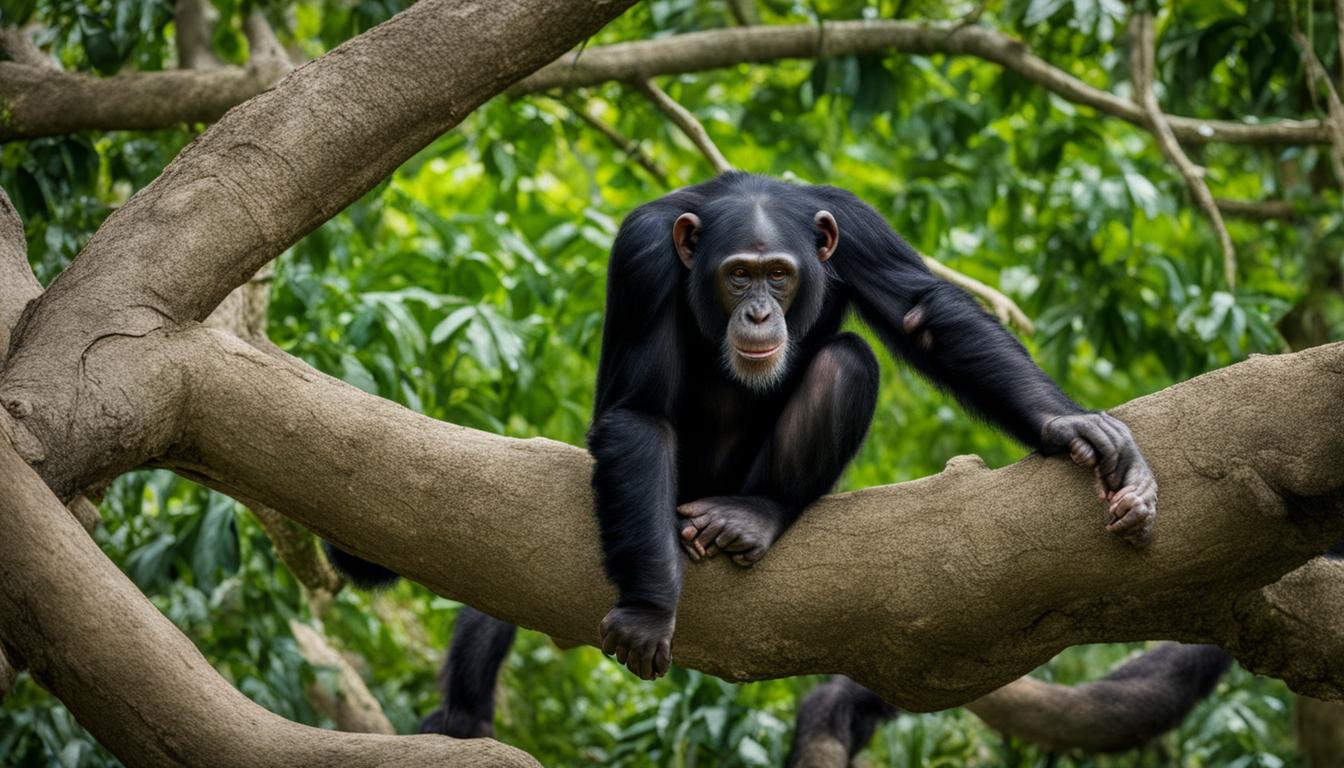
How do chimpanzees behave in the wild and in captivity?
Chimpanzee behavior is a fascinating subject that encompasses various aspects of their social interactions, communication patterns, and group dynamics. Whether in their natural habitat or in captivity, these primates exhibit complex behaviors that shed light on their unique way of life. Understanding their behavior is crucial for their conservation and welfare. In the wild, chimpanzees
-

Where can chimpanzees be found in the wild?
Chimpanzees are fascinating creatures that share about 98 percent of their genes with humans, making them one of our closest relatives. These great apes can be found in various habitats, including rainforests, savannahs, and woodlands. They are divided into four subpopulations: the western chimp, the Nigeria-Cameroon chimp, the central chimp, and the eastern chimp. Chimpanzees
-
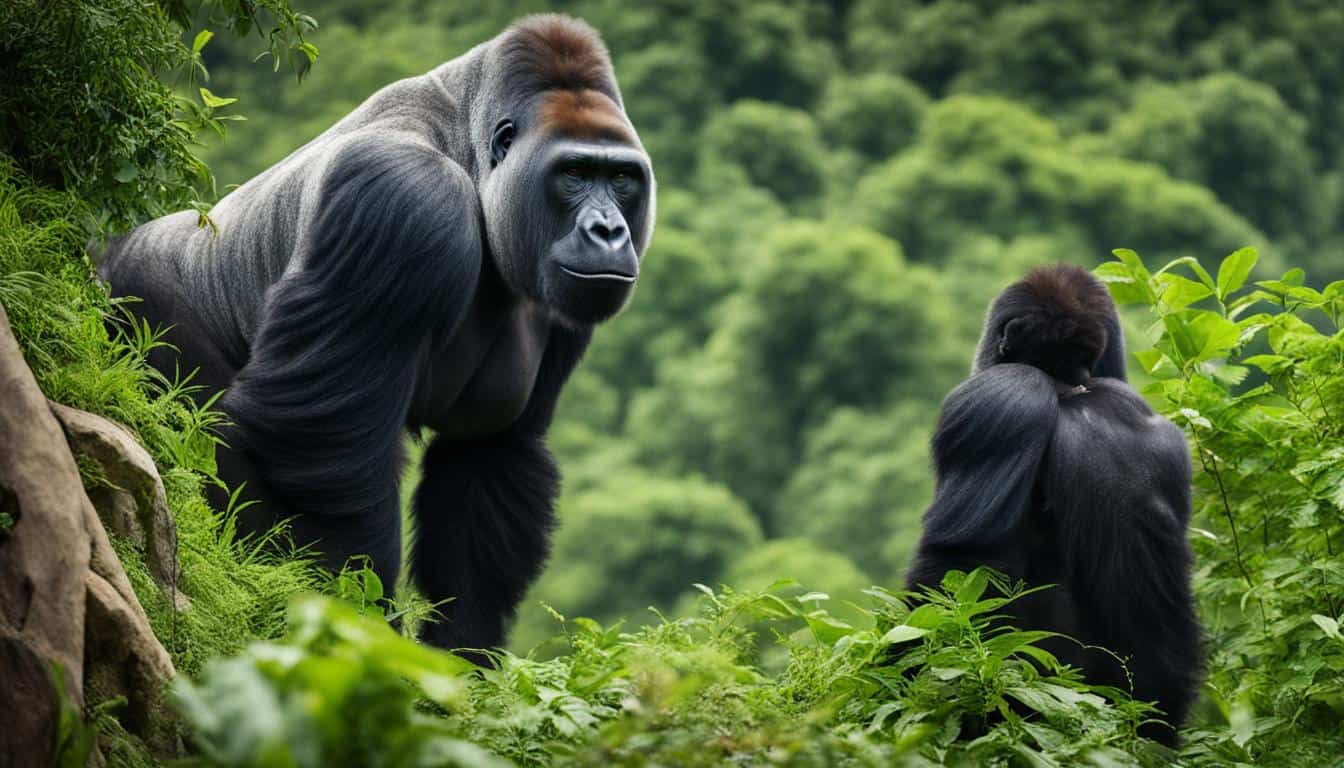
What is the Role and Significance of a Silverback Gorilla?
A silverback gorilla is a remarkable and powerful creature that holds a crucial role in the gorilla species and the African wildlife. With their distinctive silver hair on their back, these endangered primates exemplify primate behavior and the importance of gorilla conservation. Standing at an impressive 5 feet tall and weighing approximately 430 pounds, the
-
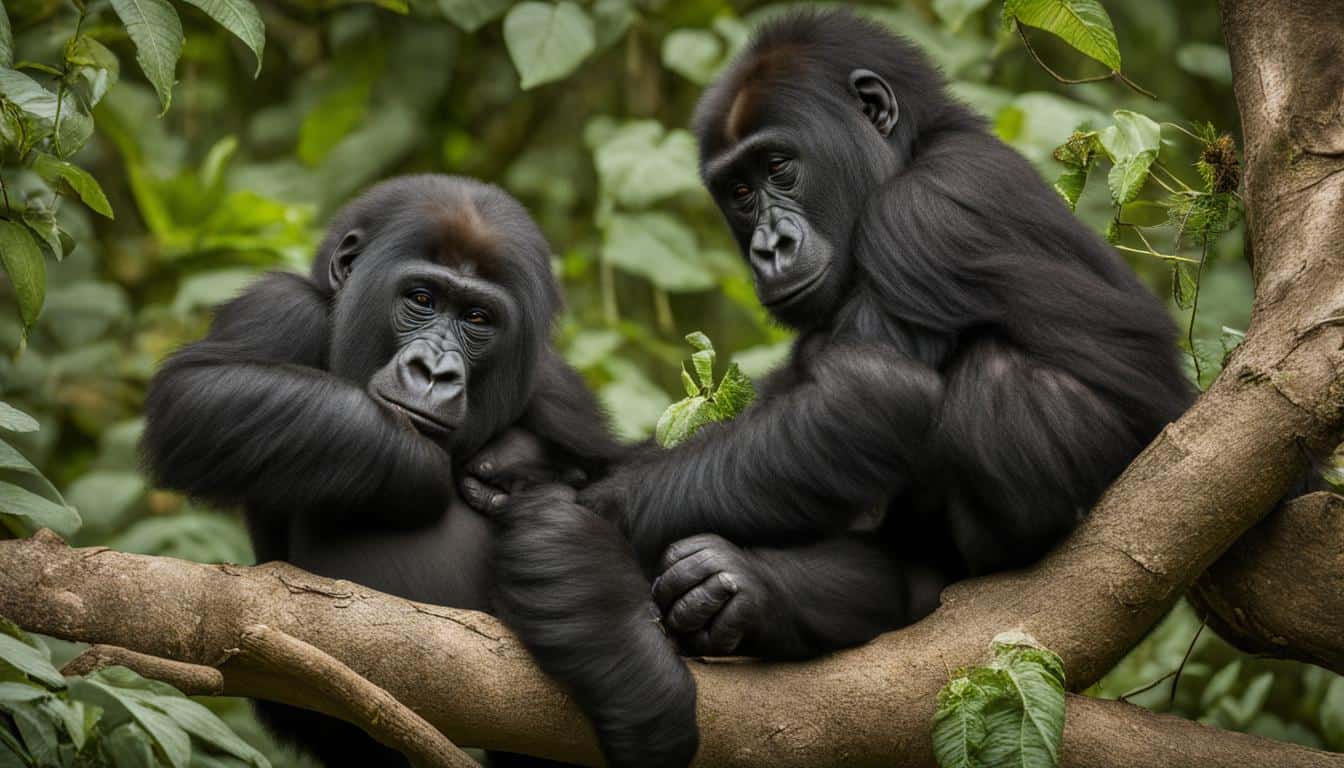
How do gorilla siblings interact and form bonds in the group?
Gorilla sibling bonds, also known as sibling relationships in gorillas, play a vital role in their social dynamics. Similar to humans, gorillas form lifelong bonds with their distant relatives. These gentle creatures exhibit complex social structures that involve both cooperation and competition. Unlike most mammals, where sibling relationships occur during a specific phase of development
-
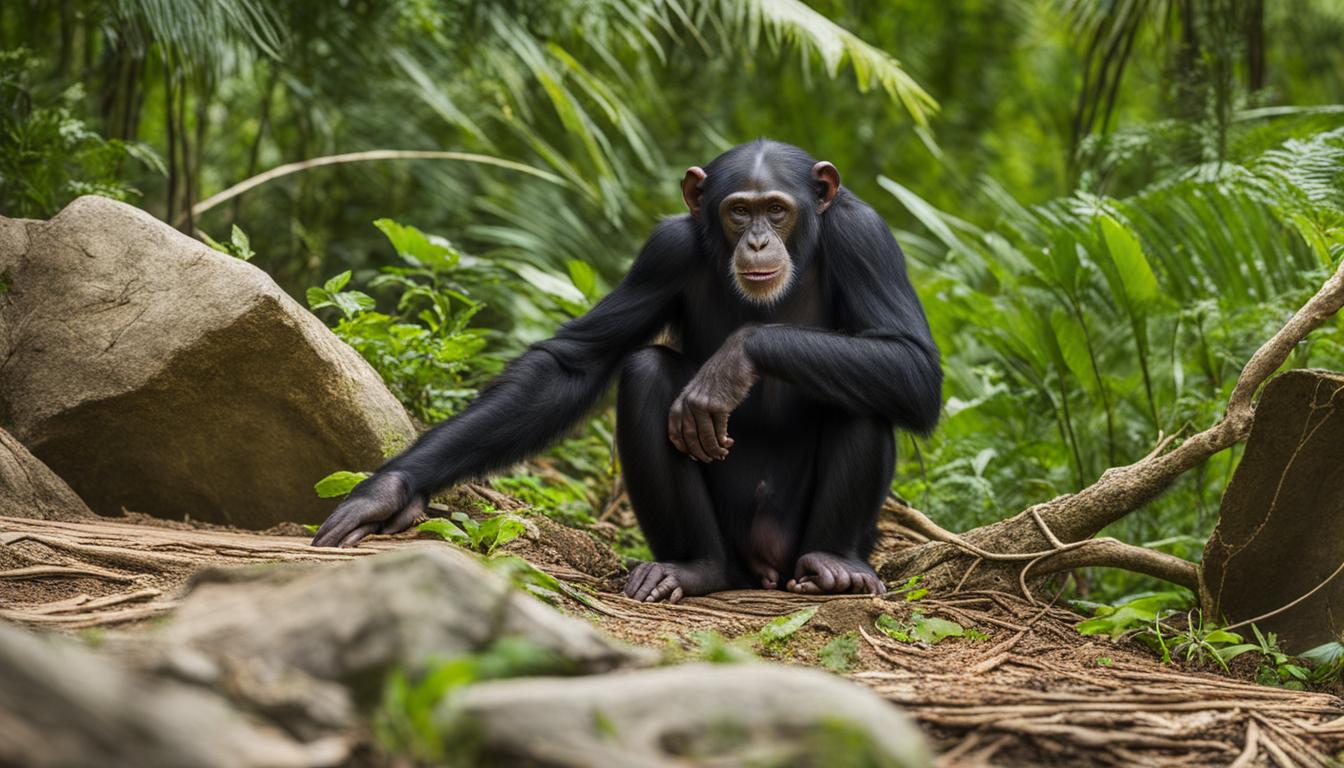
How have chimpanzees adapted to their environments?
Chimpanzees, one of the most fascinating primate species, have undergone incredible adaptations to thrive in their unique habitats. These adaptations not only showcase their remarkable abilities but also shed light on broader primate behavior and adaptations. Let’s explore the incredible world of chimpanzee adaptations, behavior, and habitat. Chimpanzee adaptations are a testament to their evolutionary
-
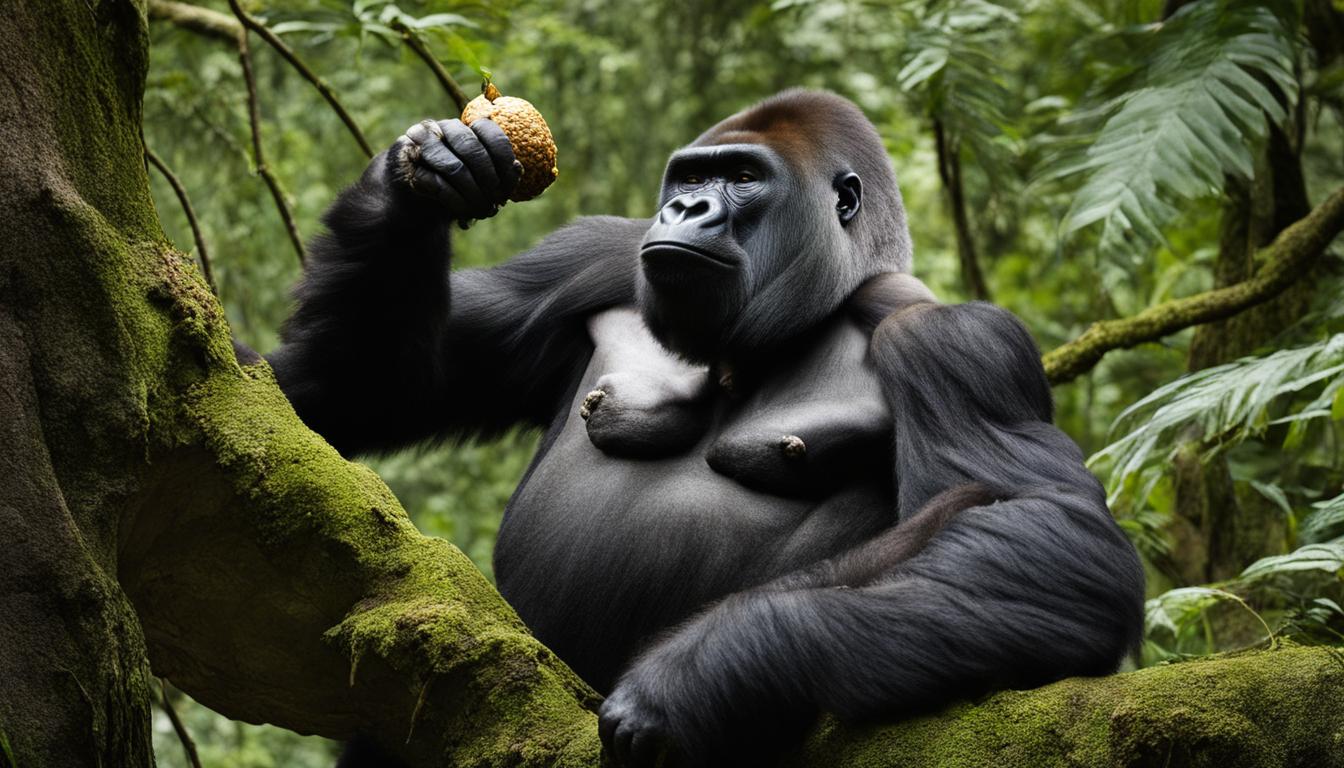
Do gorillas use tools, and if so, how and why?
Gorillas, like other apes, are known for their intelligence and problem-solving skills. One fascinating aspect of their behavior is their ability to use tools. Tool use in gorillas illustrates their cognitive abilities and showcases their adaptability in different environments. Observations have shown gorillas using tools to forage for food and solve problems. They have been
